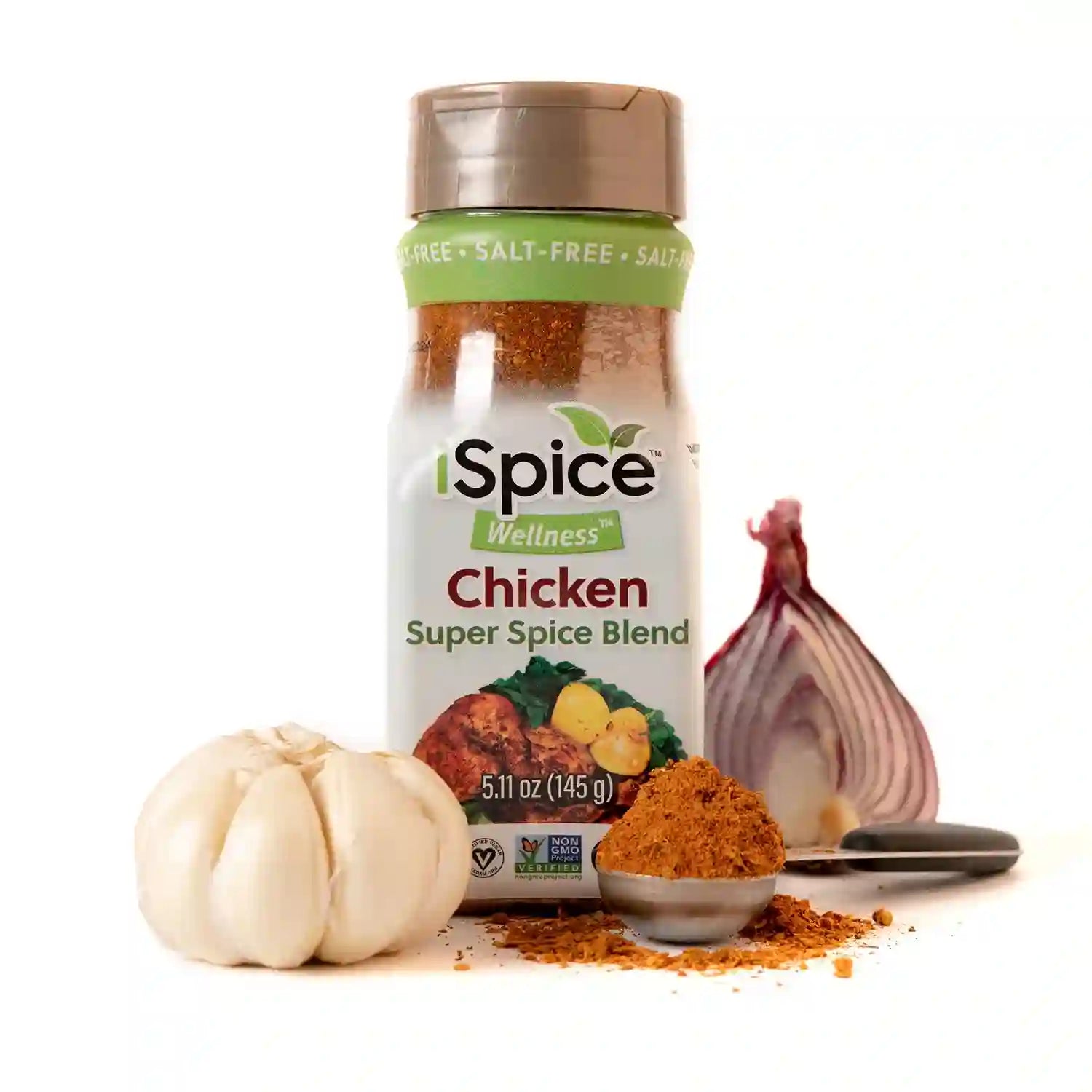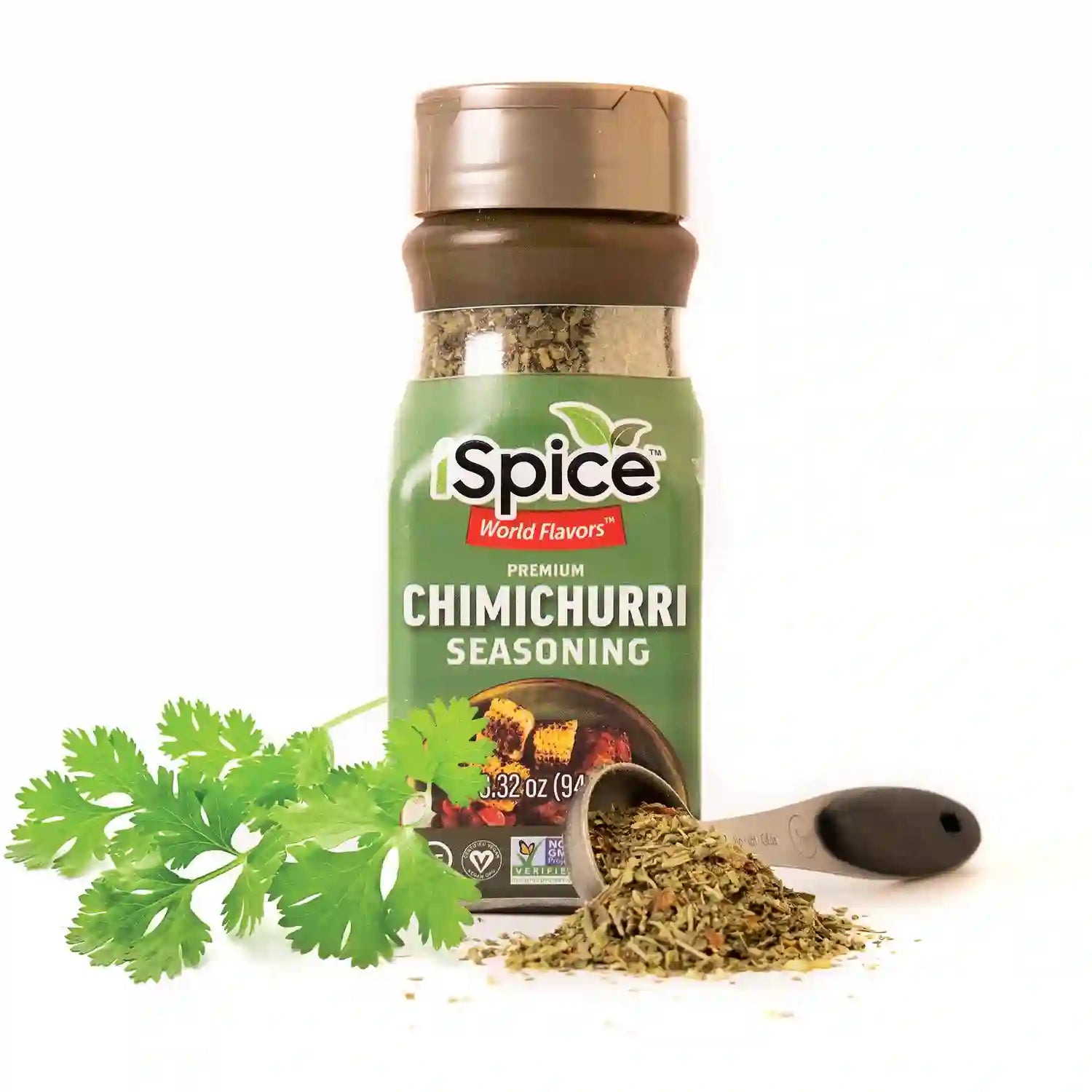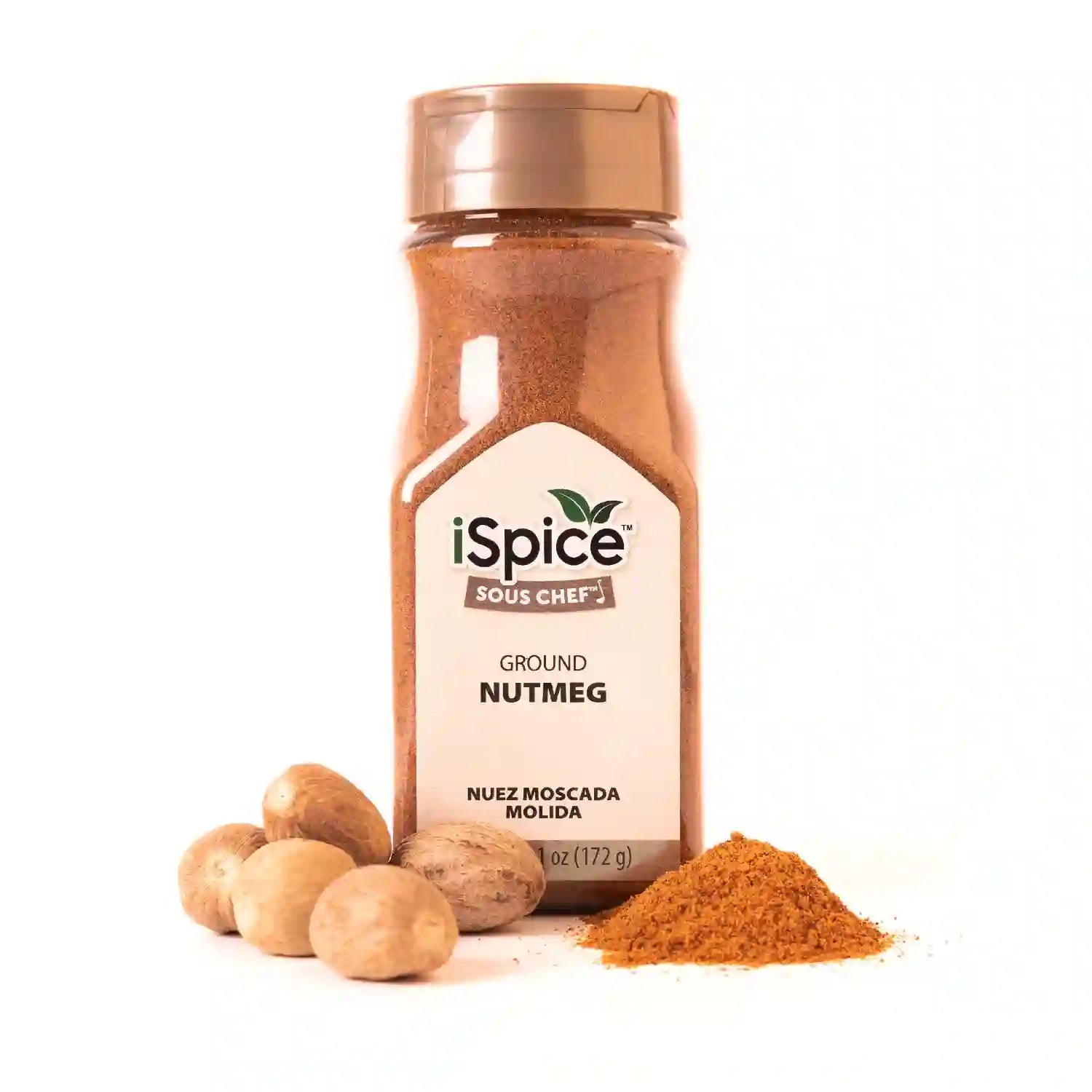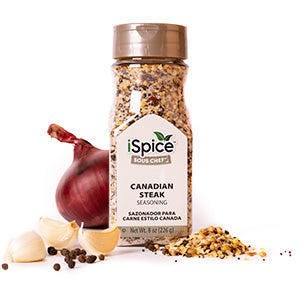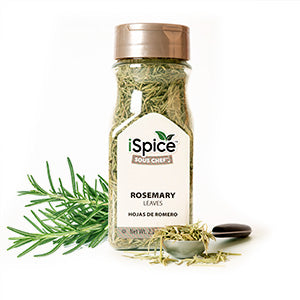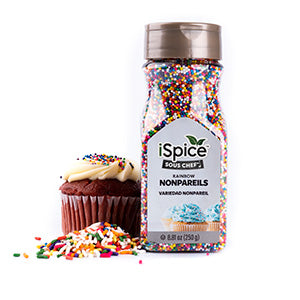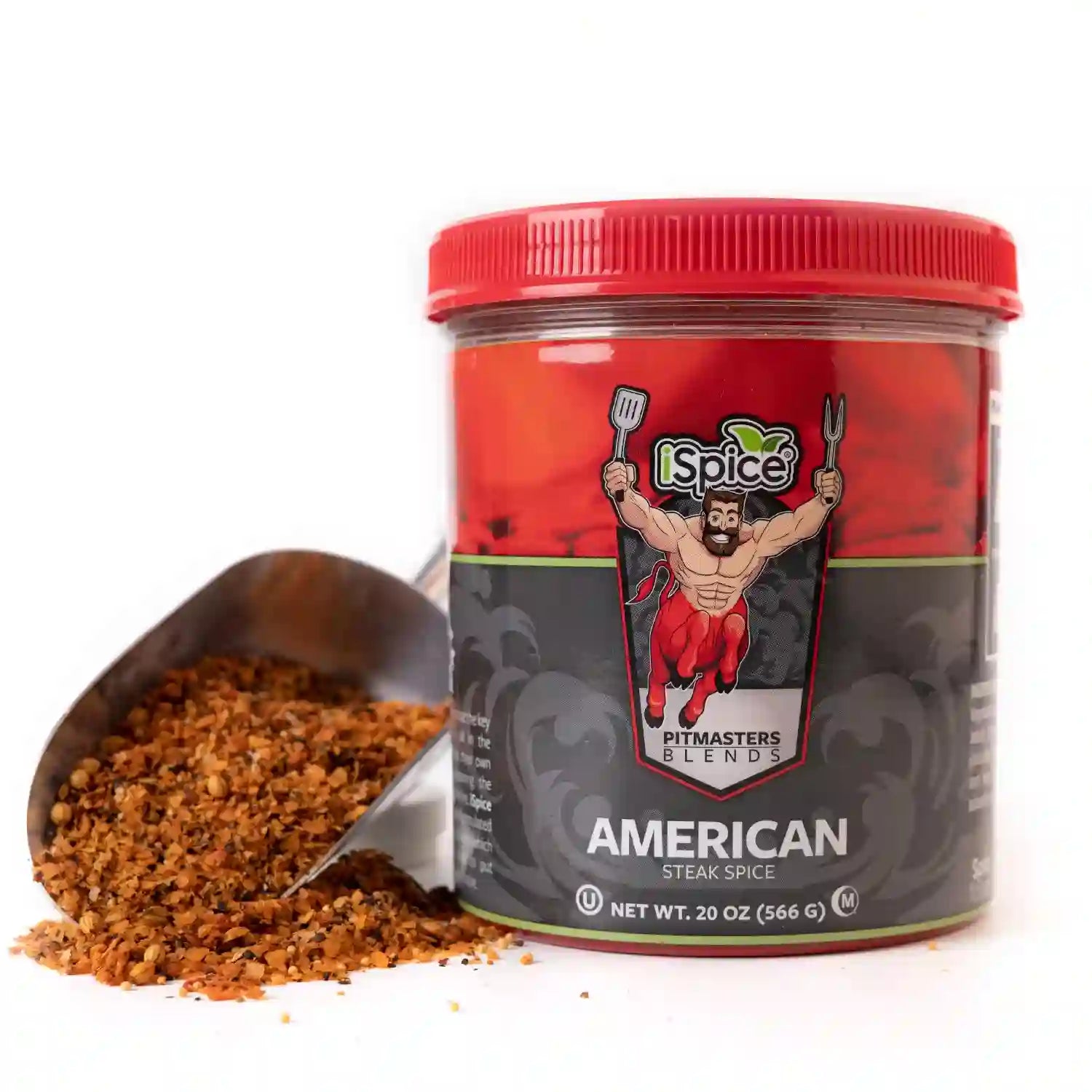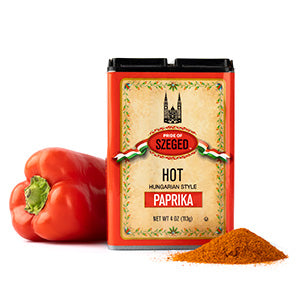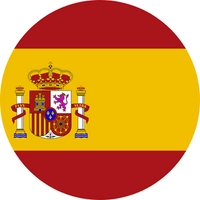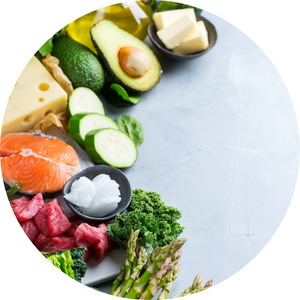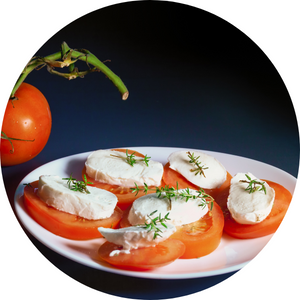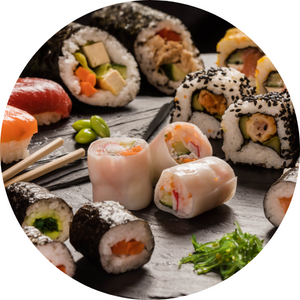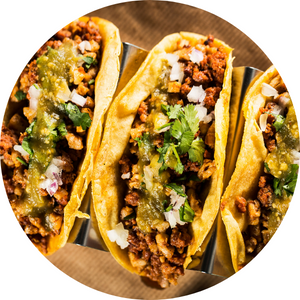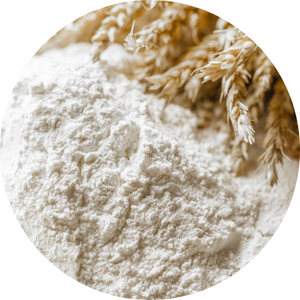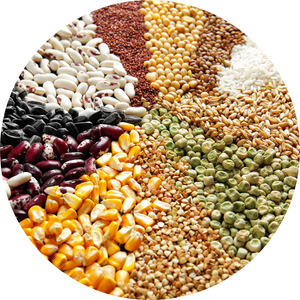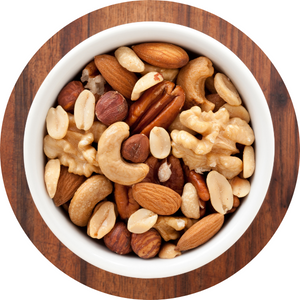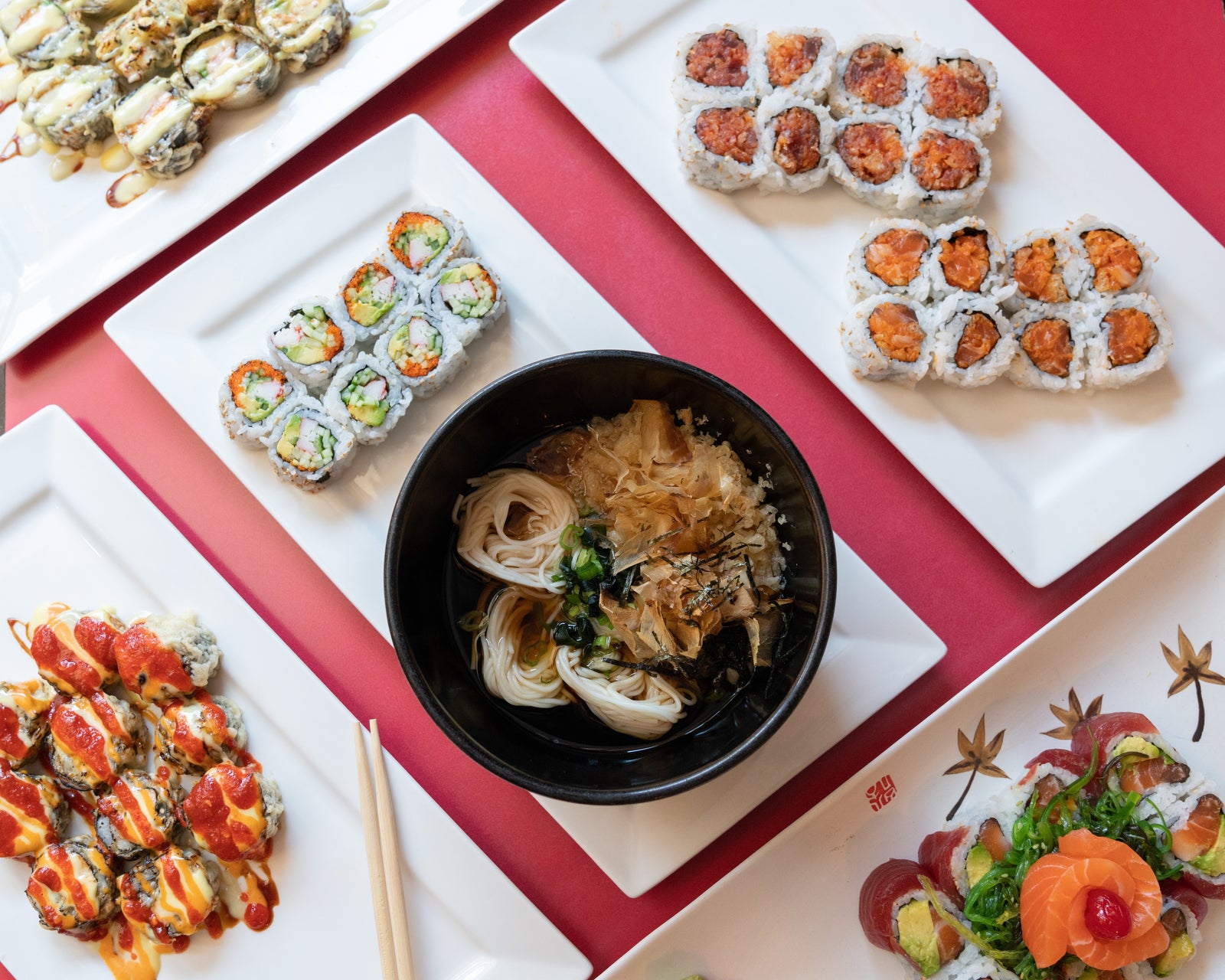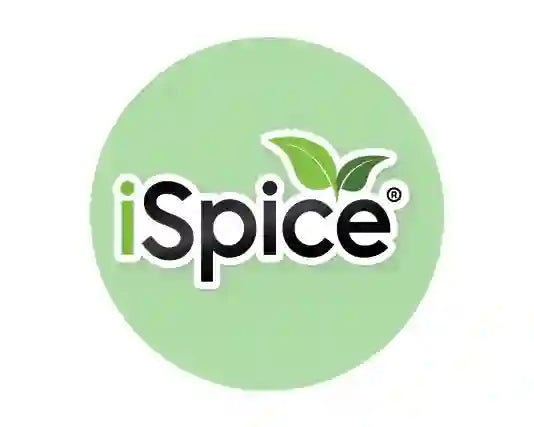
Caraway seeds are a small, brown, crescent-shaped spice that is used to add flavor to a variety of dishes. The seeds come from a plant called Carum carvi, which is a member of the parsley family. Caraway seeds have a long and interesting history, dating back to ancient times.
Caraway seeds were originally cultivated in the Mediterranean region, including modern-day Turkey, Egypt, and Greece. The ancient Egyptians believed that caraway seeds had medicinal properties and used them to treat a variety of ailments. The Greeks and Romans also valued caraway seeds for their medicinal properties and used them to aid in digestion and to alleviate colic.
Caraway seeds were introduced to Europe during the Middle Ages, where they quickly became a popular spice. The seeds were used to flavor breads, cakes, and other baked goods, and they were also used to flavor liqueurs and spirits, such as aquavit and kummel.
During the 17th century, caraway seeds were brought to the United States by early European settlers. They quickly became popular in American cuisine and were used to flavor a variety of dishes, including sausages, stews, and vegetable dishes.
Today, caraway seeds are still used in a variety of dishes around the world. They are a key ingredient in many traditional European dishes, such as German sauerkraut and Hungarian goulash. They are also used in Indian cuisine, where they are added to curries and chutneys.
In addition to their culinary uses, caraway seeds are still valued for their medicinal properties. They are believed to aid in digestion, relieve gas and bloating, and even to help regulate menstrual cycles. With a long and storied history, it's clear that caraway seeds will continue to be an important spice for years to come.
Alert: While spices can have many beneficial properties for health, using them for medical purposes should be done under the guidance and supervision of a healthcare professional or specialist. Some spices may interact with medications or cause adverse reactions in certain individuals, and it is important to use them safely and appropriately. If you are considering using spices for a medical condition, it is important to consult with a healthcare professional before doing so.

